- MBBS in Philippines
Overview, Top Colleges, Life in Philippines, Eligibility, Course Details & Admission Procedures
Overview of MBBS in the Philippines
The MBBS program in the Philippines is divided into two parts: Bachelor of Science (BS), a pre-medical course lasts for about 1.5-2 years and Doctor of Medicine (MD), the main medical course lasting 4 years, followed by a 1-year internship. The MD program includes both theoretical and practical training.
The syllabus is designed to follow international standards and is divided into several phases:
Pre-Medical Phase (BS):
Subjects include General Biology, Physics, Chemistry, and introductory medical subjects.
MD Program:
First Year: Anatomy, Biochemistry, Physiology, Histology, Neuro-Anatomy.
Second Year: Pathology, Microbiology, Pharmacology, Preventive Medicine, Community Health.
Third Year: Pediatrics, Ophthalmology, Radiology, Gynecology, Legal Medicine.
Fourth Year (1.5 Year): Clinical rotations in various specialties.
Internship (1 Year)
Table of Contents
Top Medical Institutions in Philippines by FMGE Results
Quality of Education
The quality of medical education in the Philippines is considered high, with a curriculum that follows the American education system. With 26.7% FMGE passing rate (aggregate of FMGE 2012-2023 results), Philippines in among the countries with highest number of students qualifying for FMGE. FMGE passing rate is directly related to the quality of education in any country/institution. The medium of instruction is English, which is beneficial for Indian students. The medical colleges are equipped with state-of-the-art facilities and experienced faculty.
NMC Criteria Fulfillment
The MBBS programs in the Philippines generally meet the NMC criteria, including the duration of the course, internship requirements, and curriculum standards. The only holdup is the regulation related to the license to practice for Indian students from the Philippines, which is currently being addressed by the Philippines government through its new bill which is passed by the lower house of the Philippines government and is yet to be passed by the upper house. However, it’s essential to verify the specific details with the respective medical colleges and ensure they comply with all other aspects of the latest NMC regulations.
Quick Overview of MBBS in Philippines
| Recognition Body | WHO, ECFMG (USA), FAIMER, CHED, MCI (now NMC) |
| Average Course Fees | 15-25 Lakh INR |
| Living Expanses | 5-15 Thousand INR/month |
| NEET Requirement | Qualification is Mandatory |
| MCI approved Institutions | 30 + |
| Course Duration | For non Graduate: 1.5 + 4.5 Year Course & 1 year Internship For Graduate: 4.5 Year Course & 1 year Internship |
| Medium of Instruction | English |
| Eligibility | 50% in Physics, Chemistry and Biology Aggregate |
| Intake season | September – February |
| IELTS/TOELF | Not Required |
Life in the Philippines from the students' perspective
Cost of Living: Compared to India, the cost of living in the Philippines is generally lower. Accommodation, transportation, and food expenses are relatively affordable, which can be beneficial for students on a budget.
Weather: The Philippines has a tropical climate, similar to India, with hot and humid weather. This makes it easier for Indian students to adapt to the climate and weather conditions in the country.
Food: Filipino cuisine is diverse and flavorful, with a mix of indigenous, Spanish, and Asian influences. Indian students may find some similarities with the use of spices and flavors in Filipino dishes. Filipino street food, such as “balut” (boiled duck embryo) and “halo-halo” (a mixed dessert), may be interesting for adventurous eaters to try.
English Proficiency: English is widely spoken and understood in the Philippines, which can make it easier for Indian students to communicate and integrate into the local society. Most academic institutions in the Philippines use English as the medium of instruction.
Cultural Similarities: There are certain cultural similarities between India and the Philippines, such as strong family values, respect for elders, and religious diversity. These similarities may help Indian students feel more at home and comfortable in the Philippines.
Education System: The Philippines has several universities and colleges that attract international students, including Indian students. The education system follows a similar pattern to that of India, with undergraduate and postgraduate programs available in various fields of study.
Travel Opportunities: The Philippines is a beautiful country with diverse landscapes, including stunning beaches, mountains, and vibrant cities. Indian students have the opportunity to explore and travel to different parts of the country during holidays and breaks.
Safety: The Philippines is considered the safest country for international students. It is advisable to follow general safety guidelines, be aware of your surroundings, and take necessary precautions.
Festivals and Celebrations: The Philippines is known for its vibrant festivals and celebrations throughout the year. Indian students can experience the joyous atmosphere during festivals like Christmas, New Year, Sinulog, and Ati-Atihan, which showcase the country’s rich cultural heritage.
Social Life: The Filipino people are known for their warmth, hospitality, and friendliness. Indian students can expect to make friends easily and have an active social life while studying in the Philippines.
Popular MBBS colleges in the Philippines
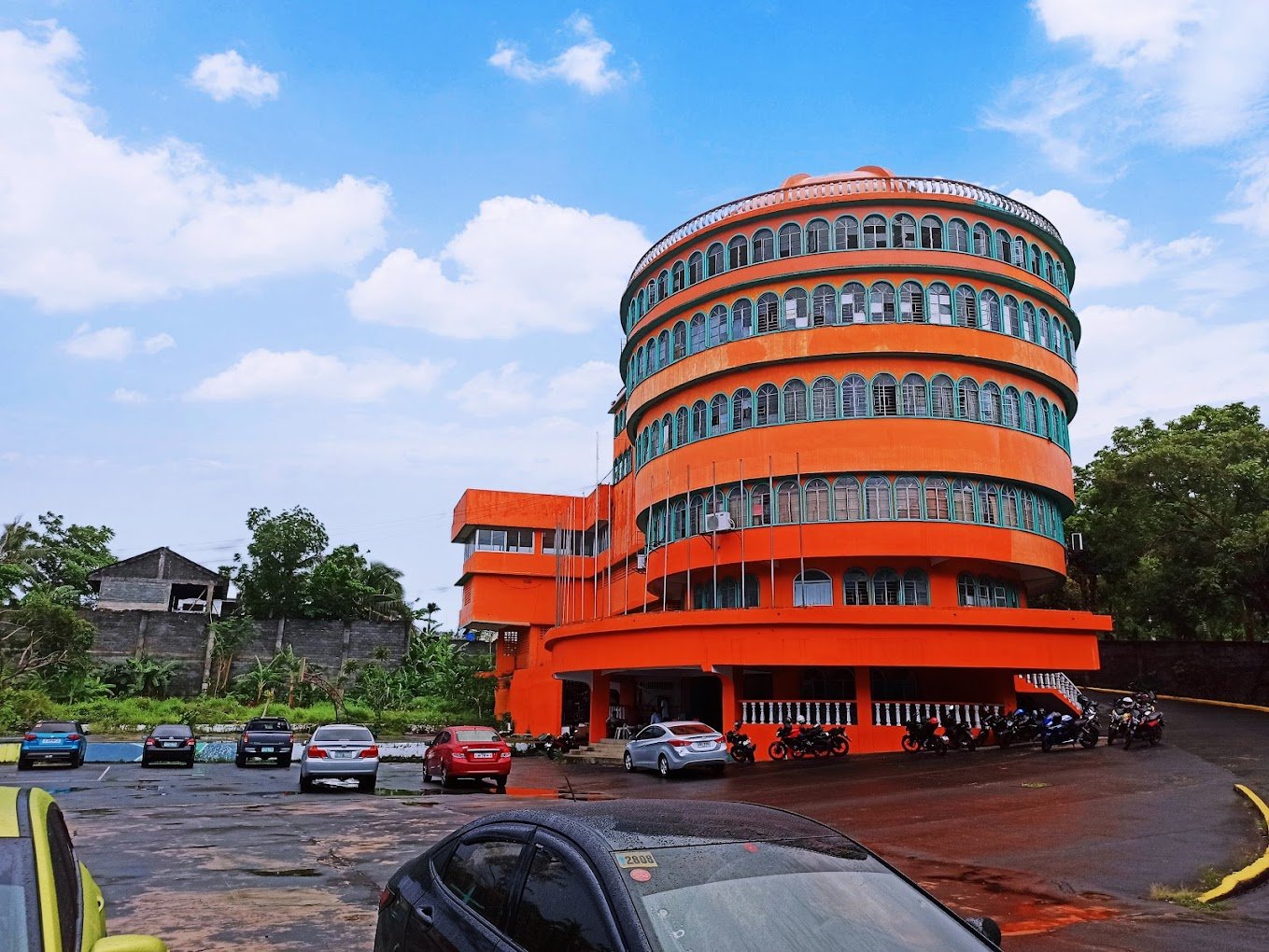
Bicol Christian College of Medicine
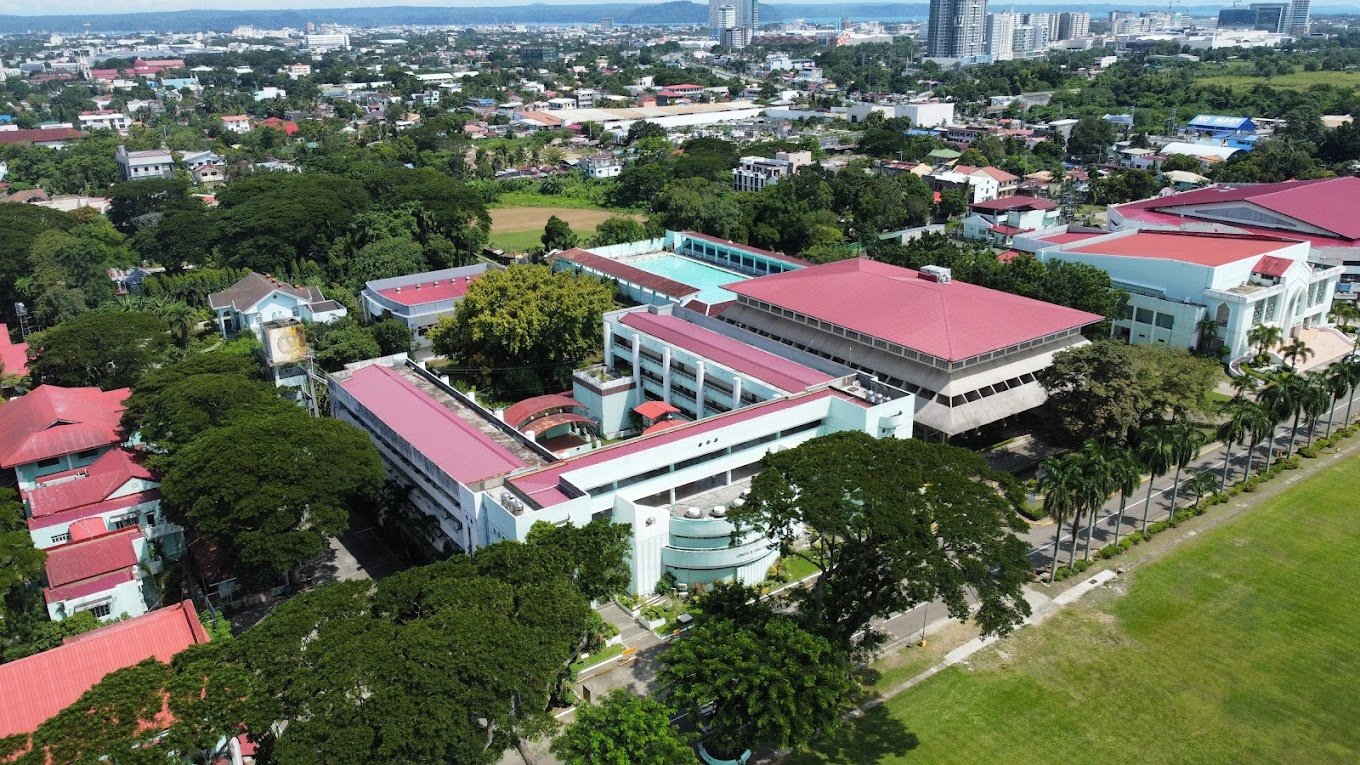
Central Philippine University
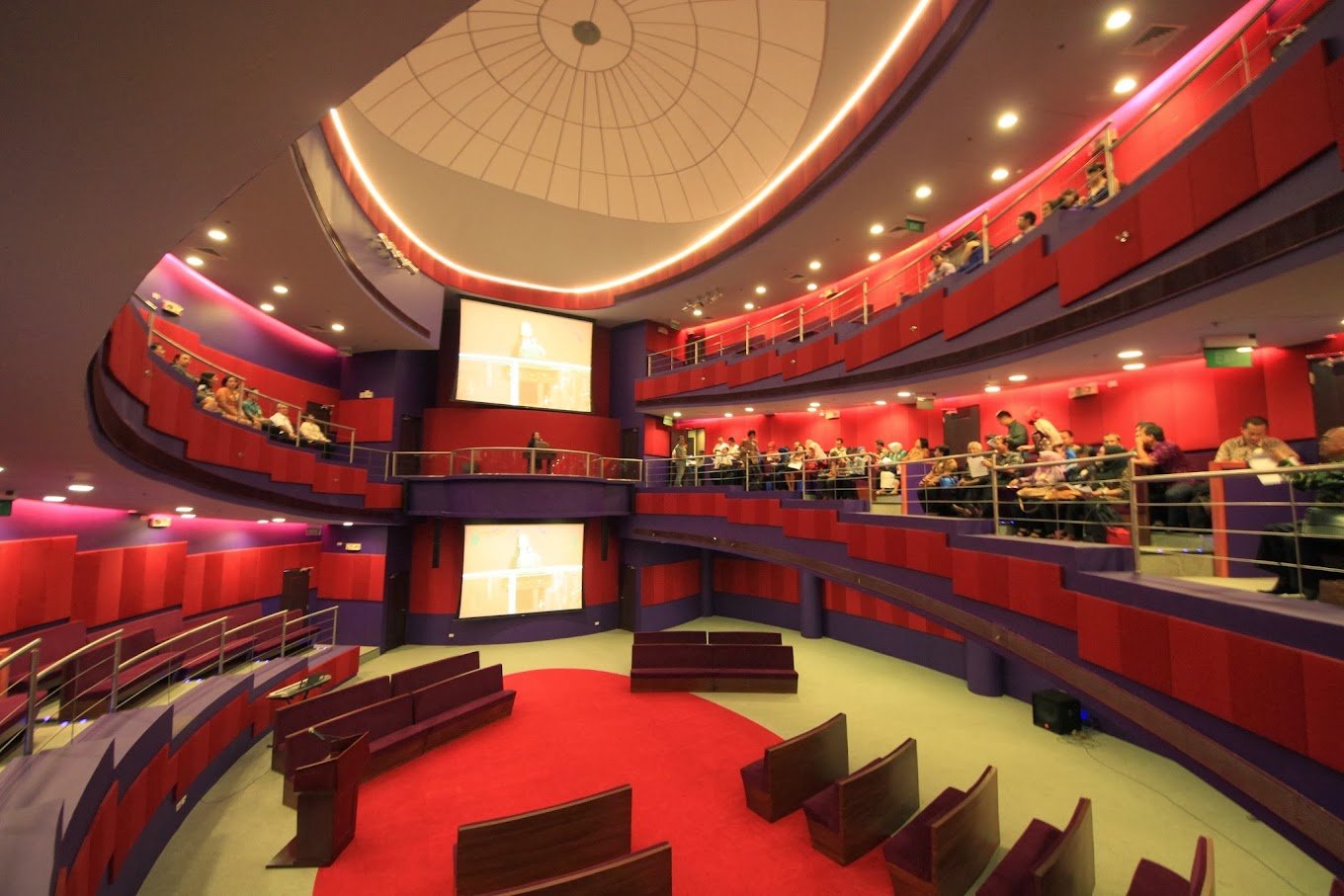
Manila Central University

University of Northern Philippines

St Paul University Philippines
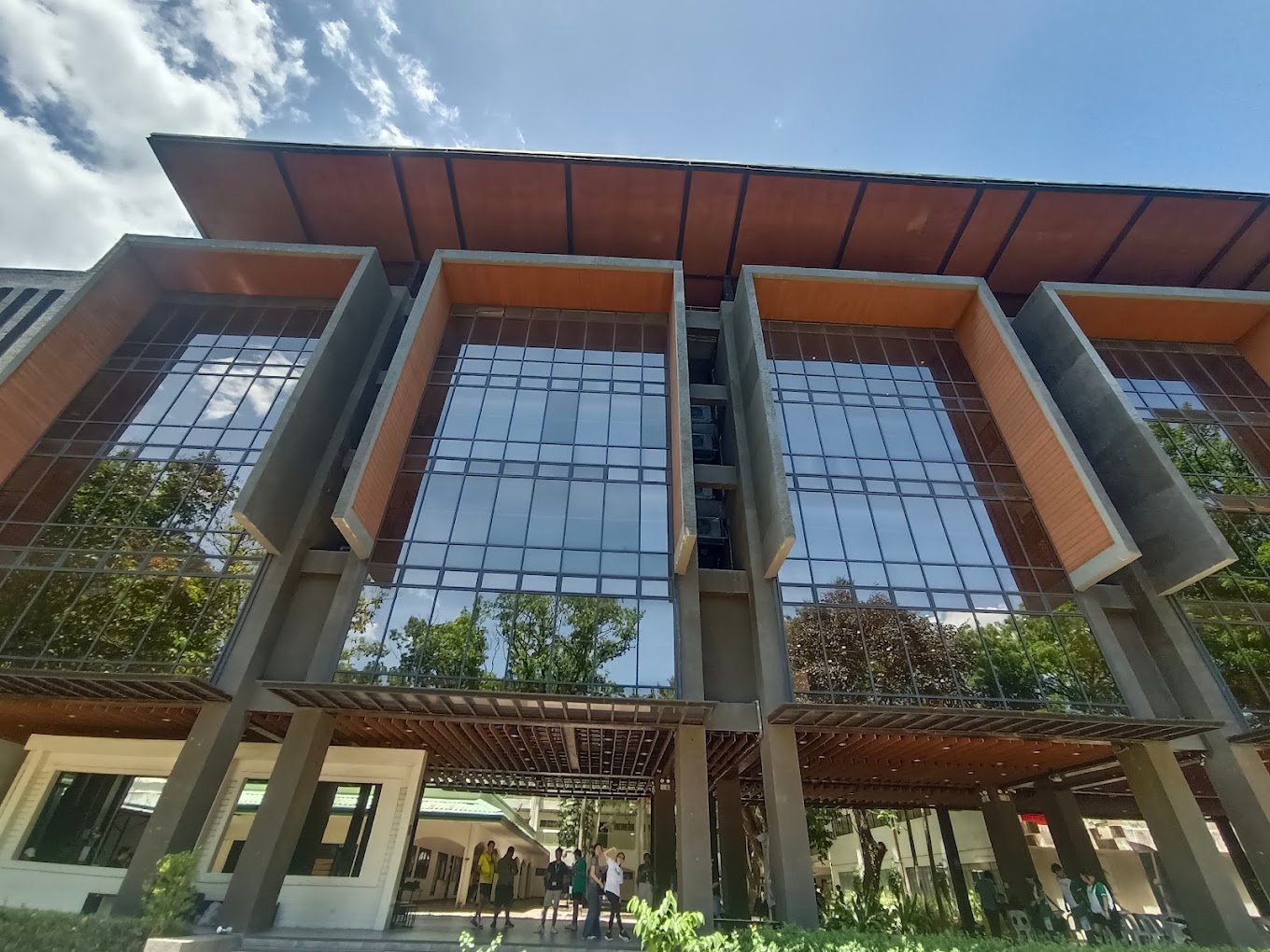
University of Saint La Salle
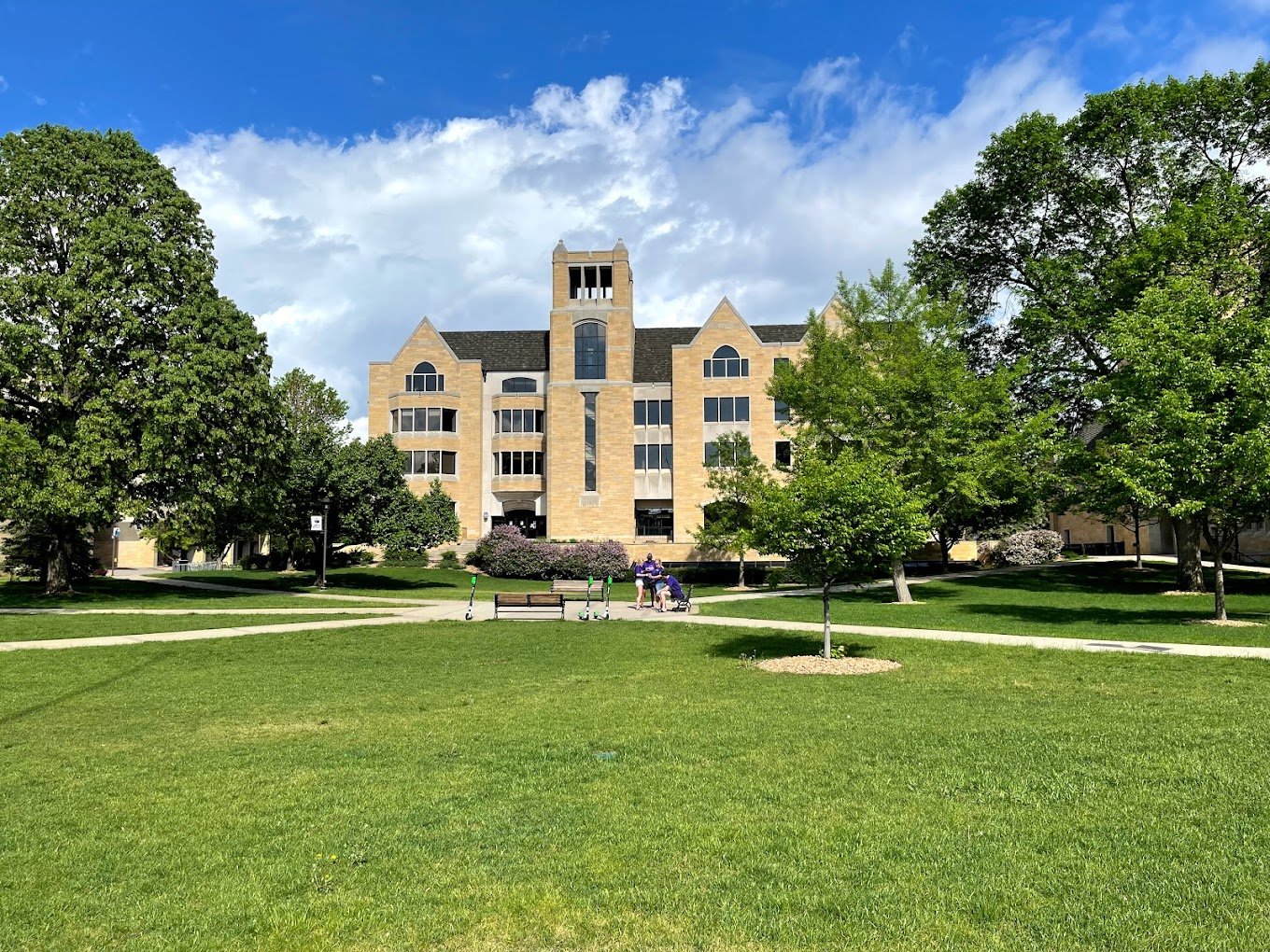
University of Santo Tomas (UST)
West Visayas State University
UV Gullas College of Medicine
Saint Louis University
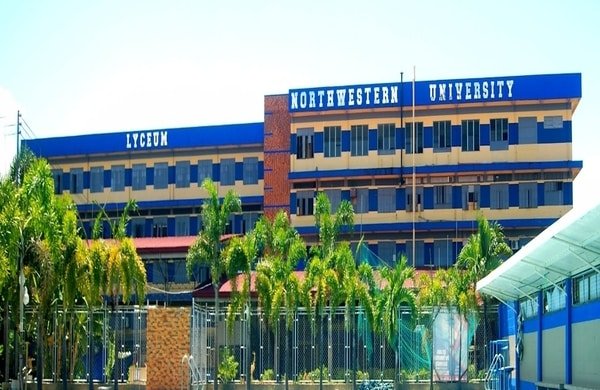
Lyceum Northwestern University
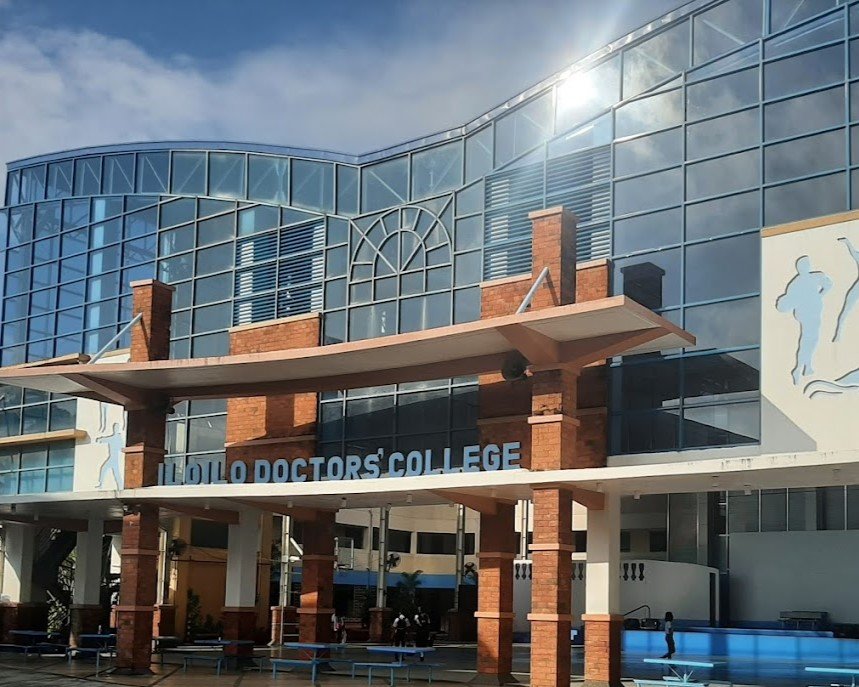
Iloilo Doctors College

Davao Medical School Foundation
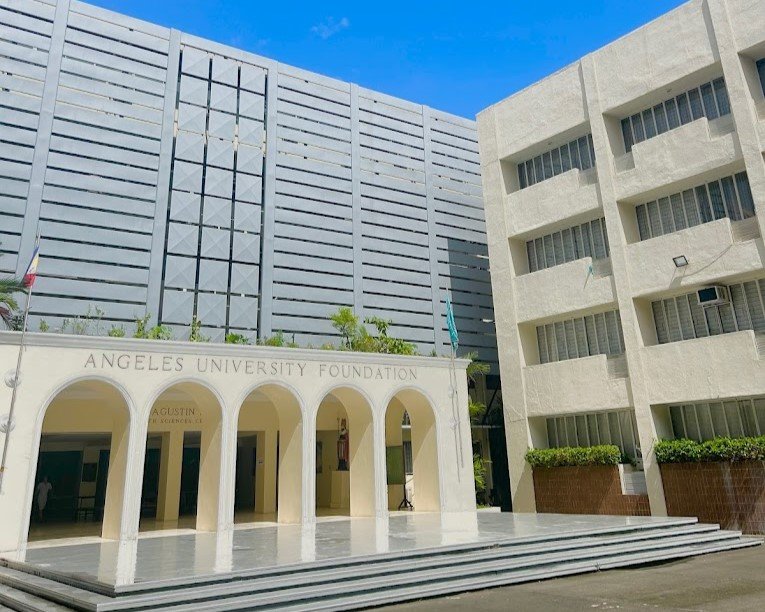
Angeles University Foundation
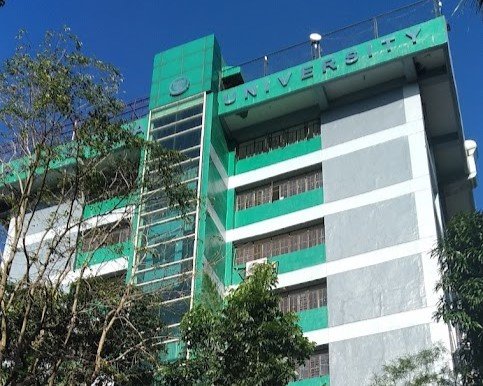
Our Lady of Fatima University
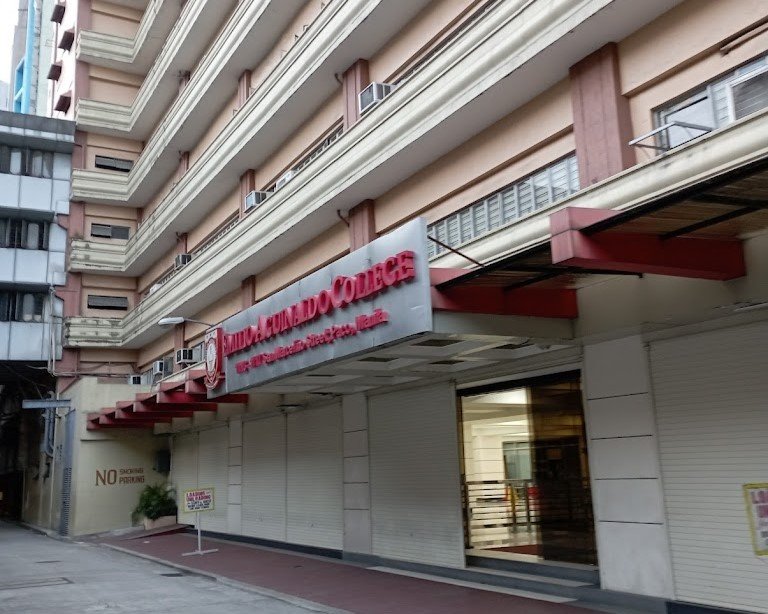
Emelio Aguinaldo College

University of Perpetual Help System Delta

AMA School Of Medicine
Fee Structures of Popular MBBS colleges in the Philippines
About the Philippines

The Philippines is an island country in Southeast Asia in the western Pacific Ocean. It is an archipelago consisting of more than 7,000 islands and islets lying about 500 miles (800 km) off the coast of Vietnam. Manila is the capital, but nearby Quezon City is the country’s most-populous city. Both are part of the National Capital Region (Metro Manila), located on Luzon, the largest island. The second largest island of the Philippines is Mindanao, in the southeast. Nearby countries are Taiwan, Singapore, Malaysia, China, and Indonesia. The Philippines is the world’s 12th most populous country with a population of 100 million. The Philippines is the 3rd largest English-speaking country in the World. 95% of the population speaks English which is the official language. 20,000+ foreign students go there each year for education in Engineering, Medical, Dental, Nursing, Management, English, etc.
The Capital city of Manila is a megacity with over 20 million population. Cultural influences are from Spain, the US, Hindu & Islam. The Philippines was part of the Hindu Java Kingdom in the 13th Century. In the 14th century, Islam came. From the 15th-18th century it was ruled by Spain; followed by America with a brief period of Japanese occupation in World War II. The dominant religion is Catholic Christianity with 93% of the country following it. A Hindu Temple and Gurudwara are located in Manila. The Embassy of India is located in Makati, Metro Manila – a distance of just 2.40 km. from the AMA School of Medicine.
Total population: 112.91 million
Capital city: Manila
Currency: Philippine peso coded as KZT
Language follows: Filipino and English
Why MBBS in the Philippines?
International valid medical degree: Philippines medical education offers a Doctor of Medicine or MD degree which is equivalent to an MBBS in the Indian System of Education and an MD in the American System of Education. The Medical Degree and the Medical School are recognized by the World Health Organization (WHO), the commission on higher education (CHED), Medical Council of India (MCI). Students who complete their medical graduation in the Philippines are eligible for leading international medical exams such as USMLE (for clinical practice in the USA) and FMGE in India.
High-Quality Education: The education system of the Philippines is modeled on the United States standards and is among the most affordable education in the world. The country has many universities and higher educational institutions identified as Centers of Excellence and Centers of Development. The medical course in the Philippines is called the MD (Doctor of Medicine) comparable to that of the USA.
Affordable Medical Education: There are no donations, Fees. Tuition fees range from 15 to 25 Lakhs. Indian Rupees based on the fluctuations in the Philippines Peso and Indian Rupees. All the cities including its capital city, Manila have a low cost of living enabling middle-class Indian students to afford medical education.
No language barrier: In the Philippines, about 95% of Filipinos speak English, which makes it easy to communicate and understand all people. The country offers a great opportunity for non-English speakers to learn and become more fluent in English as the Philippines is the 3rd largest English-speaking nation in the world.
Affordability: The cost of living here in the Philippines is relatively low compared to most countries. Foreign students can enjoy balancing their lifestyles while spending less money. In the Philippines, students can get rent a dormitory or an apartment unit for just less than Rs. 2,000 a month.
Safe and Conducive Environment: The Philippines is one of the safest country in Asia based on crime and violence statistics. It is the main Centre of commerce, trade, and industry in the Visayas region. Universities also practice a stimulating and open-classroom environment. Foreign students who study in the Philippines not only have access to quality world-class education but also access to the numerous tourist spots in the country. Home to diverse natural wonders, foreign students can choose to unwind on white sand beaches, visit more than the 7000 islands’ heritage sites, or enjoy a laid-back adventure with friends in malls or indulge in nightlife fun.
Culture and People: Filipinos are known for their warmth, graciousness, and hospitality. They are also known for always being happy and fun-loving. Furthermore, the Philippines is accepting of all religions. People have the right to practice their faith without persecution or discrimination and the Philippines welcomes the wealth of cultural diversity that international students bring.
International Job Advantage: The Philippines is home to top universities that have produced world caliber in different fields from medicine, science, business, politics, and arts. It is also the largest supplier of trained nurses & Doctors to the USA & several other countries. It also offers alumni work in the USA, UK, Canada, Australia, Singapore, and more, which is an advantage for good networking and linkages for jobs.
Key Highlights of MBBS in the Philippines
- MBBS in the Philippines offers an affordable option, with a reasonable cost of living for Indian students.
- The Philippines is the best destination for MBBS study with a high quality education.
- As the Philippines is globally recognized as one of the largest English-speaking countries, the English language is spoken by more than 14 million Filipinos.
- Every Philippines medical universities follow the US pattern of education which directly helps the students who desire to give USMLE exam
- Higher FMGE passing percentage than Ukraine, China, Russia, Nepal, Kyrgyzstan & Germany (2016-17).
- In the Philippines, One of the most noteworthy NMC Screening Test passes.
- Direct MBBS admission in Philippines with best medical universities.
- All top medical universities in Philippines are recognized by - WHO, NMC, ECFMG & WFME
- MBBS degree from the Philippines is globally recognized
- No donation and capitation fees to take MBBS admission in Philippines.
- IELTS & TOEFL exam is not required.
- PAASCU accreditation in Philippines Medical Universities undergo a continuous development process to engage in objectives, plans, programs to strengthen the capabilities of educational.
Eligibility for admission for Indian (international) students:
After class XII:
- Student should have passed class 12 with at least 50% in Physics, Chemistry and Biology in Class 12 and passed in English
- Should have studied Physics, Chemistry and Biology in class 11
- Preference will be given to students with better academic credentials
After class bachelor degree: 4-year MD (MBBS) course:
- Students should have passed Bachelor with science
- Student should have passed class 12 with at least 50% in Physics, Chemistry, and Biology in Class 12 and passed in English
- Should have passed Physics, Chemistry, and Biology in class 11
- Preference will be given to students with better academic credentials
Admission Procedures
The Admission Procedure in the Philippines is quite easy and simple. To take admission in medical schools, you have to fulfill certain eligibility criteria then you can proceed with the process. You should precisely follow the steps to avoid any hassle at the time of admission. Contact RARE EDUCATION for taking admission to any of the top medical colleges in the Philippines. Follow some simple steps to get admission:
Step 1: Fill out the Application Form with RARE EDUCATION CONSULTANCY
Step 2: Candidates are required to submit their scanned documents to RARE EDUCATION. Before submitting the documents cross-verify them.
Step 3: It takes about one or two weeks to review your application and issue a Confirmation Letter.
Step 4: Deposit the fees in the University’s Bank Account.
Step 5: Finally visit the Embassy of the Philippines for visa Application and other procedures. There are 4 Honorary Consulate Generals of the Philippines namely – New Delhi, Mumbai, Kolkata, and Chennai.
Syllabus & Tenure of Education:
Syllabus: Syllabus was drawn up by doctors educated in Harvard Medical School, USA, and meets the latest international standards of Medical Education. Students after class XII take 5 years to complete medical education. Students with Bachelor’s Degrees take 4 years to complete medical education.
Pre-Medical: Students from India after class 12 first enroll in a pre-medical course for 2 years to get equivalency in the Philippines and be eligible for admission to the 4-year medical course. Students with a Bachelor’s Degree can be admitted directly to the MD course.
MD or MBBS Course: The Medical Course in the Philippines is MD and equal to MBBS in India. The five-year medical course progresses from the study of the normal to the abnormal human being. Most subjects are yearly courses taken up for two semesters. The final year or clinical clerkship is mainly spent in actual patient care in affiliated Hospitals serving as the clinical laboratory. Hospital rounds and group discussions give the student a good perspective on bedside manners diagnosis and management. The clerks rotate through the different clinical departments for 48 weeks with periodic evaluations. The Universities has an arrangement with Govt. Hospitals and the AFP Hospital for Clerkship.
The syllabus is as follows.
Pre-Medical – Trimester – Psychology and Related subjects.
MD 1st year: Normal Human Body
Cell, Basic tissue, Integumentary system, Musculoskeletal system, Hematology, Immunology, Head, Neck, Special Senses, Gastrointestinal, Nutrition, Reproductive, Endocrine, Cardiovascula1 Pulmonary, Renal, Nervous System, Genetics, Perspectives in medicine and history of medicine, Applied Epidemiology, Behavioral medicine 1, Practice of Medicine 1
MD 2nd Year: Mechanism and Management of Human Diseases
Mechanism and Management of Human Disease, Pharmacology, Microbiology, Parasitology, Pathology, Cardiovascular, Pulmonary, Renal, Hematology, Immunology, Infectious Disease, Integumentary, Musculoskeletal, Research Methodology, Principles of Surgery, Medical Bioethics, Medical Research Projects. Behavioral Medicine 2, The Practice of Medicine (History taking, Physical Examination, Diagnostic Skills)
MD 3rd Year:
Clinical Neurosciences, Special Senses, Endocrine, Gastrointestinal-Nutrition, Men, women, and Children’s Health, Management of Health Programs, Behavioral l Medicine 2, Research projects, Legal Medicine and Medical Jurisprudence, Medical Informatics, Special Lectures, The Practice of Medicine 3 including Procedural Skills.
MD 4th Year: Clinical Clerkship Program (12 months)
Internal Medicine, Surgery, Pediatrics, Obstetrics & Gynecology, Eye, Ear, Nose & Throat, Psychiatry, Community Medicine, Electives.
Comparison of MBBS in Philippines with other Countries:
| 1. English Advantage: The biggest advantage of the Philippines is English. Just as Indians are educated in English as India was a colony of the UK; the Philippines was a US colony. English is the official language in the Philippines. School is in English from class 1 – like in India i) No new language needed to be learned. ii) Time is spent on medical education and not on language learning: Better Education!! iii) 94% of the population speaks English. Students converse with patients fluently – unlike in non-English speaking countries. Better learning for students. iv) Teachers speak good English and can explain well to Students – no language barrier | 1. Local Language is not English: Students from India going to China, Russia, Ukraine, Armenia, Georgia and other non-English speaking countries need to learn the local language in order to talk to patients & locals. i) Need to pass a competency test in the local language –Chinese or Russian ii) Time spent in study of local language iii) Difficult to understand what patients say. Improper learning. iv) Teachers know Chinese or Russian. They are NOT fluent in English & cannot explain subject properly to the students. Many student complaints on this issue. |
| 2. US & International Job Advantage: Philippines: Largest supplier of trained nurses & Doctors to the USA & several other countries. i) Strong culture of giving USMLE & going to the US for the job. Universities are listed in the California Board of Medicine for licensing. The advantage to the Philippines. ii) Alumni work in the USA, UK, Canada, Australia, Singapore, Gulf, etc. Good for networking and linkages for jobs. | 2. Little International Exposure: i) There is no culture of going overseas for jobs in China, Russia or Ukraine. ii) Few students from these Countries go overseas for medical jobs – no strong alumni base or linkages |
| 3. Superior Quality Education: i) Teachers are all fluent in English ii) Some Teachers are US educated and can offer guidance and advice on overseas careers. iii) High standard of education compared to non-English countries. | 3. Poor Quality of Education: i) Teachers’ native language is Chinese or Russian. They teach in badly accented English. ii) Local Teachers are not good guides for overseas careers due to limited exposure. iii) No gearing for USMLE. Standards are lower as compared to Philippines. |
| 4. Tropical Country: Philippines is a tropical country. i) Diseases common to India are found in the Philippines ii) Ease of Living – similar temperature to India | 4. Temperate countries with snow: i) Students do not get clinical exposure to tropical medicine ii) In winter there is snow fall and the temperature falls to -20° Celsius. |
| 5. Many Patients: During hospital work, medical students get exposed to many patients in the Philippines. | 5. Limited Access to Patients & Language Barrier: Due to custom & language barrier students have limited access to patients. |
| 6. Low Fees: Fees are low. It takes only 5 years and 10 months to complete. Very affordable Education | 6. High Fees: China / Russia is more expensive and take longer to complete. (5 to 6 years so the overall cost is higher) |
| 7. Clinical rotation in USA possible: i) Clinical rotations in the USA are counted in your grade. Exposure from US Hospital helps in jobs in the USA after USMLE. ii) University or Agents help you arrange for clerkship or you can arrange yourself in the USA. | 7. No facility of clinical rotations overseas. Teachers in China, Russia & Ukraine have limited exposure to the USA and cannot guide you in this matter. |
| 8. MAKATI, METRO MANILA CITY: i) Cosmopolitan city with modern facilities ii) Students feel at home. Many tourists. Traditionally the locals’ welcome foreigners. Everyone knows English iii) Getting a visa is very easy iv) Food: Many cuisines including Indian is available. | 8. Not in Capital: i) Not easy to travel due to the language barrier in China, Russia or Ukraine. ii) Not all countries have a strong tourism base. iii) Visa issue is more complicated. iv) Indian food is not available. |
FAQ
MBBS abroad is a better options then private medical in India, especially in terms of cost, private medical in India costs a fortune more then that of many countries abroad.
Expertise: Rare Education have years of experience and in-depth knowledge about the admission process, eligibility criteria, fees, and other requirements for pursuing MBBS abroad. We can guide you through the entire process and help you avoid common mistakes and pitfalls.
Time-saving: The admission process for MBBS abroad can be complex and time-consuming. Working with Rare Education can help save a significant amount of time as we can handle all the paperwork and follow-up for you.
Access to information: Rare Education have access to a wide range of information about various medical schools, their fees, and programs. We can help you compare and choose the best options based on your needs and budget.
Professional guidance: Rare Education can provide professional guidance on the best country and medical school to choose based on your academic background, personal interests, and career goals. We can also help you with the visa process, travel arrangements, and settling into your new surroundings.
Support throughout the Process: Rare Education provide ongoing support throughout the entire admission process and beyond. We can answer any questions you have, provide updates on your application status, and help resolve any issues that may arise.
Working with Rare Education for MBBS abroad admission can provide numerous benefits, including expertise, time-saving, access to information, professional guidance, and support throughout the process.
Comparing FMG exam with NEET, we can safely say it is not at all a tough exam. Although there are no specific matrix to judge how tough an exam is, but considering the passing ratio of FMG exam which is roughly 20-25% to that of the percentage of candidates who get selected for government medical college through NEET which is roughly 0.02%, FMG exam is definitely a tough exam in the field of medical studies.

